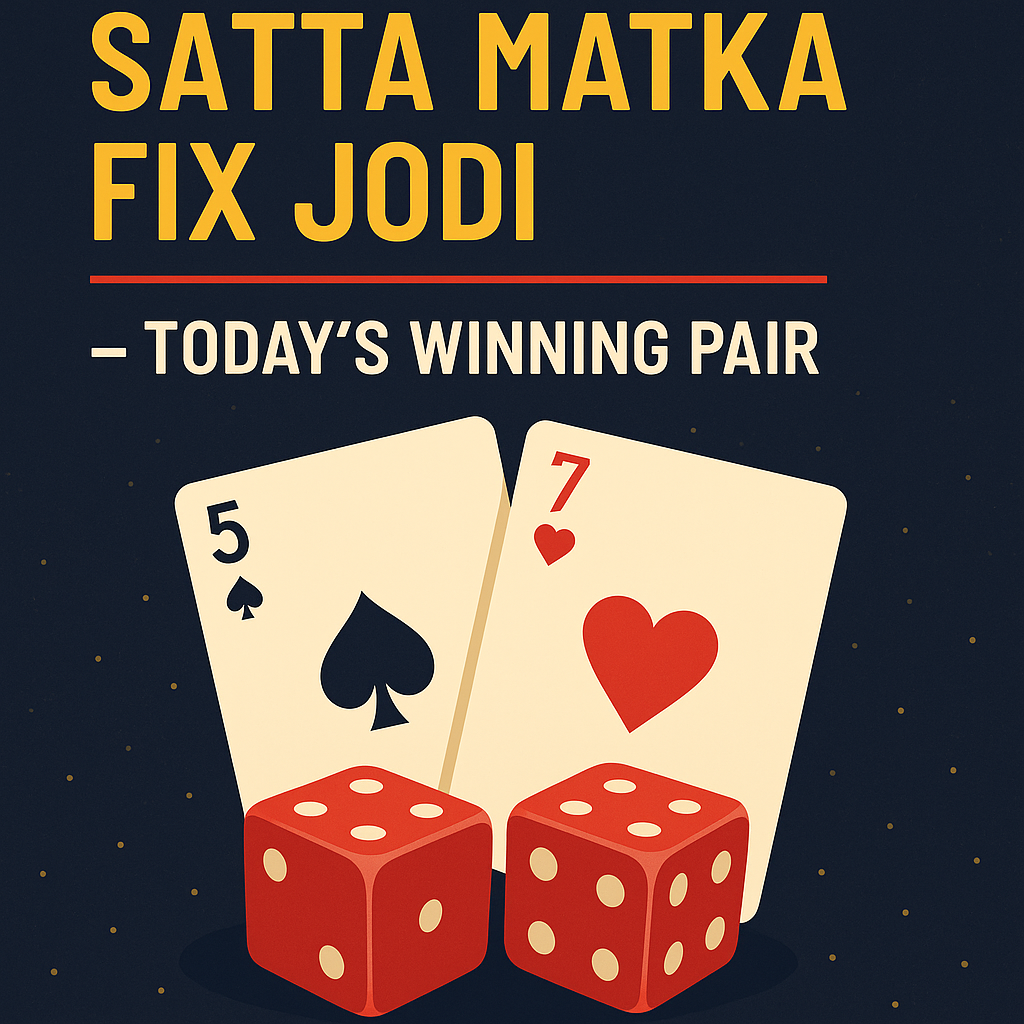What is Satta Matka Complete Guide to Kalyan Matka
satta indian matka is more than just a game—it’s a cultural phenomenon, deeply rooted in the Indian subcontinent’s gambling history. Originally evolving from the practice of betting on the opening and closing rates of cotton transmitted from the New York Cotton Exchange, it later transformed into a number-based lottery-style game. Today, it remains one of the most … Read more
